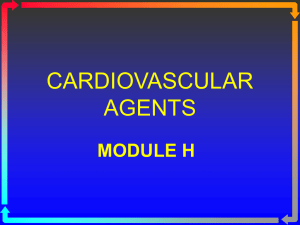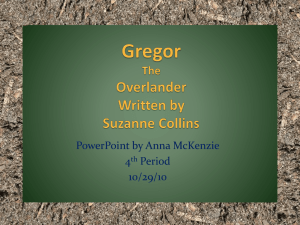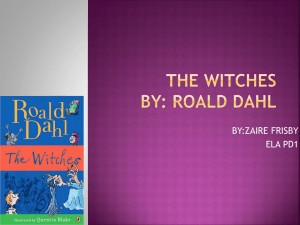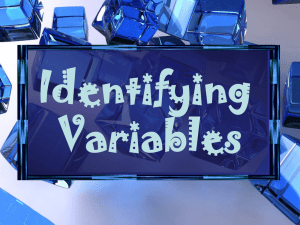treated significant
advertisement
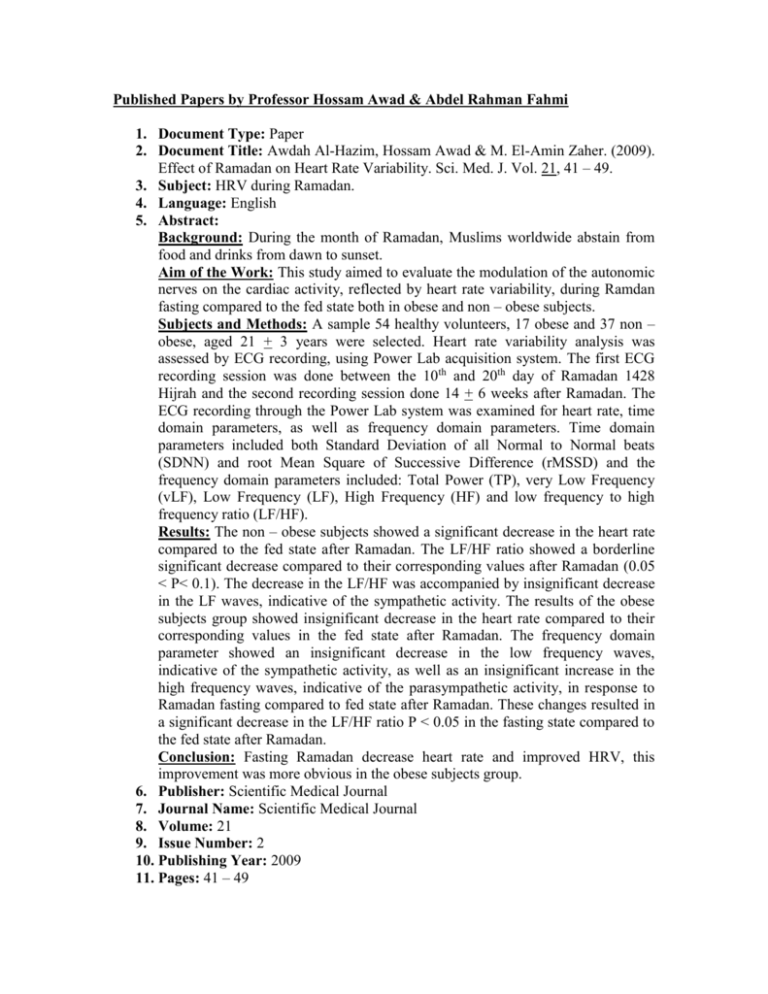
Published Papers by Professor Hossam Awad & Abdel Rahman Fahmi 1. Document Type: Paper 2. Document Title: Awdah Al-Hazim, Hossam Awad & M. El-Amin Zaher. (2009). Effect of Ramadan on Heart Rate Variability. Sci. Med. J. Vol. 21, 41 – 49. 3. Subject: HRV during Ramadan. 4. Language: English 5. Abstract: Background: During the month of Ramadan, Muslims worldwide abstain from food and drinks from dawn to sunset. Aim of the Work: This study aimed to evaluate the modulation of the autonomic nerves on the cardiac activity, reflected by heart rate variability, during Ramdan fasting compared to the fed state both in obese and non – obese subjects. Subjects and Methods: A sample 54 healthy volunteers, 17 obese and 37 non – obese, aged 21 + 3 years were selected. Heart rate variability analysis was assessed by ECG recording, using Power Lab acquisition system. The first ECG recording session was done between the 10th and 20th day of Ramadan 1428 Hijrah and the second recording session done 14 + 6 weeks after Ramadan. The ECG recording through the Power Lab system was examined for heart rate, time domain parameters, as well as frequency domain parameters. Time domain parameters included both Standard Deviation of all Normal to Normal beats (SDNN) and root Mean Square of Successive Difference (rMSSD) and the frequency domain parameters included: Total Power (TP), very Low Frequency (vLF), Low Frequency (LF), High Frequency (HF) and low frequency to high frequency ratio (LF/HF). Results: The non – obese subjects showed a significant decrease in the heart rate compared to the fed state after Ramadan. The LF/HF ratio showed a borderline significant decrease compared to their corresponding values after Ramadan (0.05 < P< 0.1). The decrease in the LF/HF was accompanied by insignificant decrease in the LF waves, indicative of the sympathetic activity. The results of the obese subjects group showed insignificant decrease in the heart rate compared to their corresponding values in the fed state after Ramadan. The frequency domain parameter showed an insignificant decrease in the low frequency waves, indicative of the sympathetic activity, as well as an insignificant increase in the high frequency waves, indicative of the parasympathetic activity, in response to Ramadan fasting compared to fed state after Ramadan. These changes resulted in a significant decrease in the LF/HF ratio P < 0.05 in the fasting state compared to the fed state after Ramadan. Conclusion: Fasting Ramadan decrease heart rate and improved HRV, this improvement was more obvious in the obese subjects group. 6. Publisher: Scientific Medical Journal 7. Journal Name: Scientific Medical Journal 8. Volume: 21 9. Issue Number: 2 10. Publishing Year: 2009 11. Pages: 41 – 49 12. Article Cited By: Prof. Hosam Awad Department of Physiology 1. Document Type: Paper 2. Document Title: Awad, HA; Sabh A F; Nehal M Bahgat; Magda HM Youssef & Gihan I M El Salamony. (2003). Cardiac Dysfunction in Experimental Hyperuricemia. Ain Shams Medical Journal, Vol. 54, 1051 – 1078. 3. Subject: Cardiac Dysfunction in Experimental Hyperuricemia 4. Language: English 5. Abstract: The Cardiovascular effects of short-term hyperuricemia as well as chronic hyperuricemia for four and eight weeks durations were studied in rats. Short-term hyperuricemia produced by infusion of uric acid (0.45 mg/kg/min. for 2 hours) produced significant changes in ECG pattern, mean arterial blood pressure (MAP) values, and cardiac weights compared to their controls. Isolated hearts from this group perfused in Langendorff preparation showed insignificant changes in chronotropic as well as inotropic activities compared to their saline control. Chronic moderate hyperuricemia was produced by i.p injection of probenecid (50mg/kg/day) for four and eight weeks. Rats in this model showed, except for increased R-voltage and corrected Q-T interval, ECG pattern and MAP levels comparable to control rats. Results obtained from isolated hearts also were not significantly different from control rats concerning maximum responses in chronotropic and inotropic activities and myocardial flow rate (MFR). Cardiac weights in eight weeks probenecid – treated rats were signicantly increased. Basal MFR showed non significant changes. However, MFR in response to isoproterenol infusion in this group expressed per gram left ventricle was reduced compared to preinfusion values. Cardiac weights of eight weeks treated group showed significant cardiac hypertrophy. Allantoxanamide – induced hyperuricemia (250/mg/kg every other day for four weeks) in rats produced bradycardia, prolonged Q-T intervals and increased Rvoltage compared to control rats. MAP values were lower in this model of hyperuricemia. Cardiac weights were comparable to their controls. However, studies on isolated hearts from group showed higher values of basal HR and lower chronotropic reserve compared to their controls. Data of inotropic activity were also comparable to control rats, but basal MFR were significantly lower than that of control group. The group of rats treated with the hypouricemic drug allopurinol (50 mg/kg/day) concomitant with allantoxanamide treatment for four weeks to minimize the effect of hyperuricemia. In this group, the significant decrease of HR seen in the four weeks allantoxanamide – treated group was abolished. MAP – values were not significantly changed by allopurinol treatment. Cardiac weights showed significant decrease in left ventricular weights compared to the allantoxanamide hyperuricemia group. Basal MFR expressed per gram left ventricle was significantly increased compared to allantoxanamide group. Also, MFR values were higher in response to isoproterenol infusion. Isolated hearts from this model of allantoxanamide-allopurinol treated rats showed non significant changes in basal chronotropic and inotropic activities compared to alantoxanaminde – treated rats. The interrelationships between plasma uric acid and each of in vivo HR, Rvoltage, relative left ventricular weight, packed cell volume (PCV) values and MFR in the different models were also studied in the different models of hyperuricemia. Also, correlations between PCV values and MAP and left ventricularweights are presented and their significance discussed. The physiological mechanism and the significance of the obtained results are discussed. 6. Publisher: Ain Shams Medical Journal 7. Journal Name: Ain Shams Medical Journal 8. Volume: 54 9. Issue Number: 7, 8 & 9 10. Publishing Year: 2003 11. Pages: 1051 – 1078 12. Article Cited By: Prof. Hosam Awad Department of Physiology 1. Document Type: Paper 2. Document Title: Awad, HA; Sabh A F; Nehal M Bahgat; Magda HM Youssef & Gihan I M El Salamony. (2003). Cardiac Dysfunction in Experimental Hyperuricemia. Ain Shams Medical Journal, Vol. 54, 1051 – 1078. 3. Subject: Cardiac Dysfunction in Experimental Hyperuricemia 4. Language: English 5. Abstract: The Cardiovascular effects of short-term hyperuricemia as well as chronic hyperuricemia for four and eight weeks durations were studied in rats. Short-term hyperuricemia produced by infusion of uric acid (0.45 mg/kg/min. for 2 hours) produced significant changes in ECG pattern, mean arterial blood pressure (MAP) values, and cardiac weights compared to their controls. Isolated hearts from this group perfused in Langendorff preparation showed insignificant changes in chronotropic as well as inotropic activities compared to their saline control. Chronic moderate hyperuricemia was produced by i.p injection of probenecid (50mg/kg/day) for four and eight weeks. Rats in this model showed, except for increased R-voltage and corrected Q-T interval, ECG pattern and MAP levels comparable to control rats. Results obtained from isolated hearts also were not significantly different from control rats concerning maximum responses in chronotropic and inotropic activities and myocardial flow rate (MFR). Cardiac weights in eight weeks probenecid – treated rats were signicantly increased. Basal MFR showed non significant changes. However, MFR in response to isoproterenol infusion in this group expressed per gram left ventricle was reduced compared to preinfusion values. Cardiac weights of eight weeks treated group showed significant cardiac hypertrophy. Allantoxanamide – induced hyperuricemia (250/mg/kg every other day for four weeks) in rats produced bradycardia, prolonged Q-T intervals and increased Rvoltage compared to control rats. MAP values were lower in this model of hyperuricemia. Cardiac weights were comparable to their controls. However, studies on isolated hearts from group showed higher values of basal HR and lower chronotropic reserve compared to their controls. Data of inotropic activity were also comparable to control rats, but basal MFR were significantly lower than that of control group. The group of rats treated with the hypouricemic drug allopurinol (50 mg/kg/day) concomitant with allantoxanamide treatment for four weeks to minimize the effect of hyperuricemia. In this group, the significant decrease of HR seen in the four weeks allantoxanamide – treated group was abolished. MAP – values were not significantly changed by allopurinol treatment. Cardiac weights showed significant decrease in left ventricular weights compared to the allantoxanamide hyperuricemia group. Basal MFR expressed per gram left ventricle was significantly increased compared to allantoxanamide group. Also, MFR values were higher in response to isoproterenol infusion. Isolated hearts from this model of allantoxanamide-allopurinol treated rats showed non significant changes in basal chronotropic and inotropic activities compared to alantoxanaminde – treated rats. The interrelationships between plasma uric acid and each of in vivo HR, Rvoltage, relative left ventricular weight, packed cell volume (PCV) values and MFR in the different models were also studied in the different models of hyperuricemia. Also, correlations between PCV values and MAP and left ventricularweights are presented and their significance discussed. The physiological mechanism and the significance of the obtained results are discussed. 6. Publisher: Ain Shams Medical Journal 7. Journal Name: Ain Shams Medical Journal 8. Volume: 54 9. Issue Number: 7, 8 & 9 10. Publishing Year: 2003 11. Pages: 1051 – 1078 12. Article Cited By: Prof. Sabh, A. F Department of Physiology



